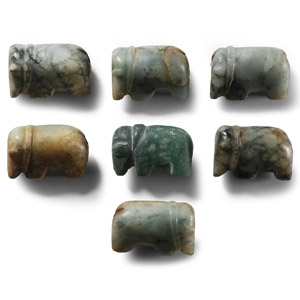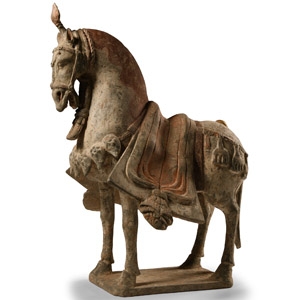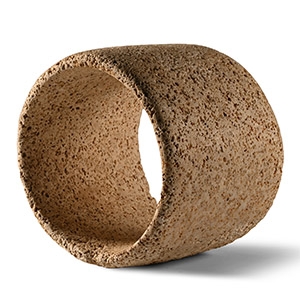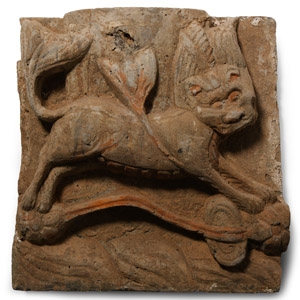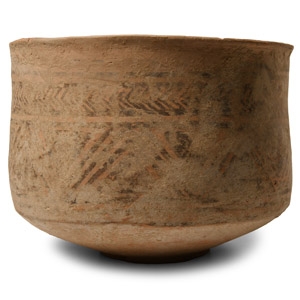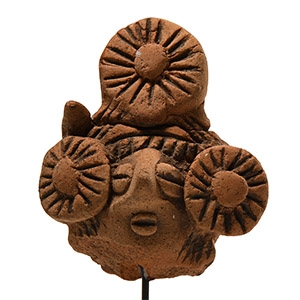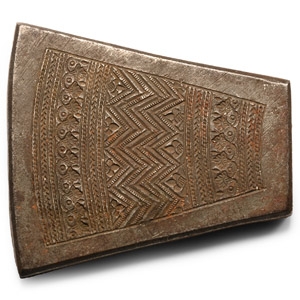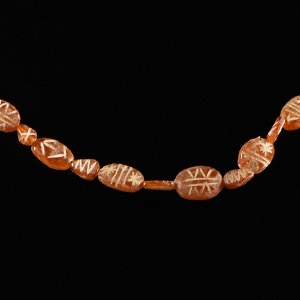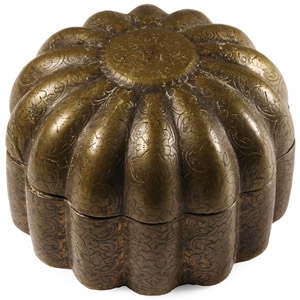Home > Auctions > 4 June - 8 June 2024
Ancient Art, Antiquities, Natural History & Coins
Auction Highlights:
From a collection acquired on the UK art market from various auction houses and collections mostly before 2000.
From an important Cambridgeshire estate; thence by descent.
See Labbe, A., Prehistoric Thai Ceramics: Ban Chiang in Regional Cultural Perspectives, Bangkok, 2002.
From a collection acquired on the UK art market from various auction houses and collections mostly before 2000.
From an important Cambridgeshire estate; thence by descent.
Ex West Country, UK, collection, 1980-1990s.
Accompanied by an indeterminate thermoluminescence analysis report no.C122g66 from Oxford Authentication.
From the H.N. collection, Milton Keynes, Berkshire, UK, 1990s.
Ex West Country, UK, collection, 1980-1990s.
From a collection acquired on the UK art market from various auction houses and collections mostly before 2000.
From an important Cambridgeshire estate; thence by descent.
Ex West Country, UK, collection, 1980-1990s.
Acquired 1990s-2000s.
From the late David Gold (d.2015) collection of pottery.
David Gold and his brother were famous for setting up the first clothes shop in Carnaby Street and dressed the famous in the swinging 1960s, making Carnaby Street famous.
From a collection acquired on the UK art market from various auction houses and collections mostly before 2000.
From an important Cambridgeshire estate; thence by descent.
UK private collection before 2000.
On the UK art market.
Property of a London gentleman.
UK gallery, early 2000s.
Cf. Nandagopal, P., ‘Decorated Carnelian Beads from the Indus Civilization Site of Dholavira (Great Rann of Kachchha, Gujarat)’ in Frenez, D., Jamison, G.M., Randall, W.L., Vidale, M., Meadow, R.H., Walking with the Unicorn Social Organization and Material Culture in Ancient South Asia, Oxford, 2018, pp.475-485, figs.3, 8, 9.
Etched carnelian beads are characteristic of the Indus Valley culture and have been produced since the third millennium B.C. They are a typical product of the Harappa culture, but they are also attested in later millennia and produced elsewhere in Southeast Asia. The oldest specimens come from the Indus Valley and from Mesopotamia. A few specimens were found in the so-called royal cemetery of Ur, where they were identified in the excavation publication as coming from India.
Ex London, UK, gallery, 1971-early 2000s.
1777 - 1788 of 2809 LOTS

.jpg)

.jpg)
.jpg)
.jpg)

